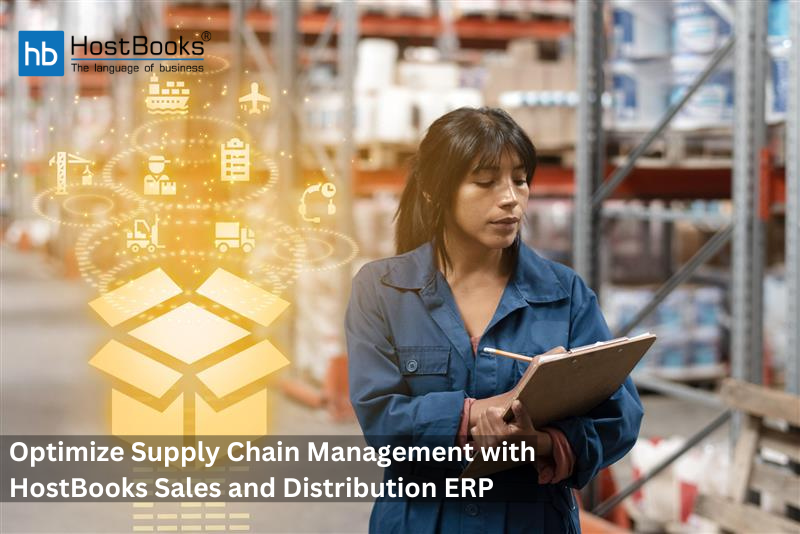From Chaos to Clarity: My Story of ERP Distribution Network Optimization
You know that feeling when you’re juggling too many balls in the air? That’s exactly how I felt a few years back, managing our company’s distribution network. We were growing, which was great, but our internal systems, or lack thereof, were buckling under the pressure. Every day felt like putting out a new fire, and frankly, my head was swimming in a sea of spreadsheets, phone calls, and last-minute scramble.
This isn’t just a story about software; it’s a narrative of transformation, a journey from a disjointed, inefficient operation to a streamlined, highly optimized powerhouse. And if you’re a business owner, a logistics manager, or just someone curious about how technology can truly revolutionize an industry, then pull up a chair. This one’s for you.
The "Before" Picture: My Distribution Dilemma
Let me paint you a picture of our world before the big change. Imagine a bustling warehouse, but instead of organized chaos, it was just… chaos.
- Inventory was a guessing game: We had stockouts for popular items while slow-moving products gathered dust. Our "real-time" inventory was usually a week old, based on manual counts and educated guesses. This led to lost sales and, worse, unhappy customers.
- Order fulfillment was a nightmare: Orders came in through faxes, emails, and phone calls. Each had to be manually entered, often leading to errors. Picking and packing were inefficient, with staff crisscrossing the warehouse floor.
- Logistics felt like a lottery: Our delivery routes were planned on instinct, not data. Trucks often left half-empty, or took circuitous routes, burning fuel and precious time. Tracking deliveries? We relied on drivers’ phone calls, hoping they’d pick up.
- Customer service was reactive: Most calls were about "Where’s my order?" or "Why did I get the wrong item?" We spent more time apologizing than proactively satisfying.
- Data was fragmented: Information lived in silos – sales in one system, inventory in another, shipping in a third. Getting a holistic view of our operations was like trying to piece together a jigsaw puzzle with half the pieces missing.
It was frustrating, costly, and honestly, unsustainable. We knew we needed a change, but the idea of overhauling everything felt monumental. That’s when we started hearing whispers about ERP (Enterprise Resource Planning), and specifically, how it could revolutionize distribution network optimization.
Enter the Hero: Understanding ERP (The Beginner’s Guide)
For those of you who might be new to this, ERP isn’t just a fancy acronym. Think of it as the central nervous system of your business. It’s a suite of integrated software applications that manage and connect every aspect of your operations – from finance and HR to manufacturing, sales, and crucially for us, distribution and supply chain.
Before this, I thought ERP was only for huge manufacturing giants. But what I learned was that for a distribution company, an ERP system acts as a single, unified platform that allows information to flow seamlessly across all departments. No more data silos! No more guessing games!
The concept was simple: by integrating all our operational data, we could gain unprecedented visibility and control over our entire distribution network. This, we hoped, would be the key to optimizing our distribution processes and finally getting ahead of the curve.
My Journey Begins: Strategic Steps to Optimization
Deciding to implement an ERP was just the first step. The real journey was in applying it to optimize our distribution network. It wasn’t a magic wand, but a powerful tool that, when used correctly, allowed us to make strategic improvements.
Here’s how we tackled it, step by step:
Step 1: The Grand Inventory Overhaul with Real-time Data
Our first major win was in inventory. With the ERP system, we moved from manual tracking to real-time inventory management.
- Accurate Stock Levels: Every item received, every item picked, every item shipped was immediately updated in the system. We knew exactly what we had, where it was, and when it was moving. No more stockouts, no more overstocking.
- Smarter Demand Forecasting: The ERP integrated historical sales data with current trends and even external factors (like seasonal demand or marketing campaigns). This gave us a much clearer "crystal ball" for predicting future demand, allowing us to order smarter and prevent both shortages and excess inventory. This was a game-changer for supply chain optimization.
- Optimized Replenishment: The system could automatically trigger reorder points based on predefined levels and lead times. This meant our warehouses were always adequately stocked without human intervention for routine tasks.
Step 2: Waving Goodbye to Warehouse Woes (Warehouse Management System Integration)
Our warehouse was where a lot of our inefficiencies lived. The ERP, particularly its Warehouse Management System (WMS) module, brought order to the chaos.

